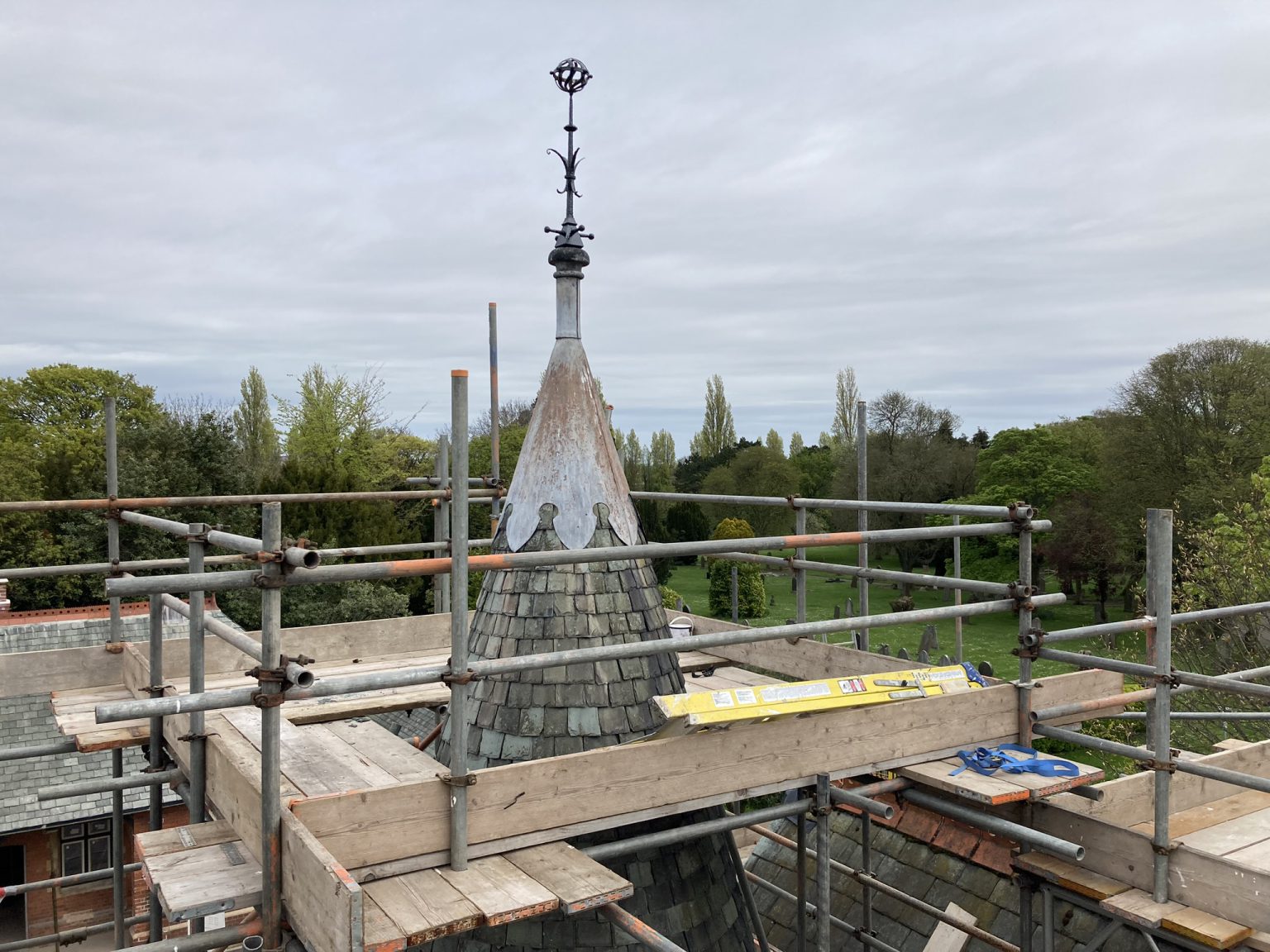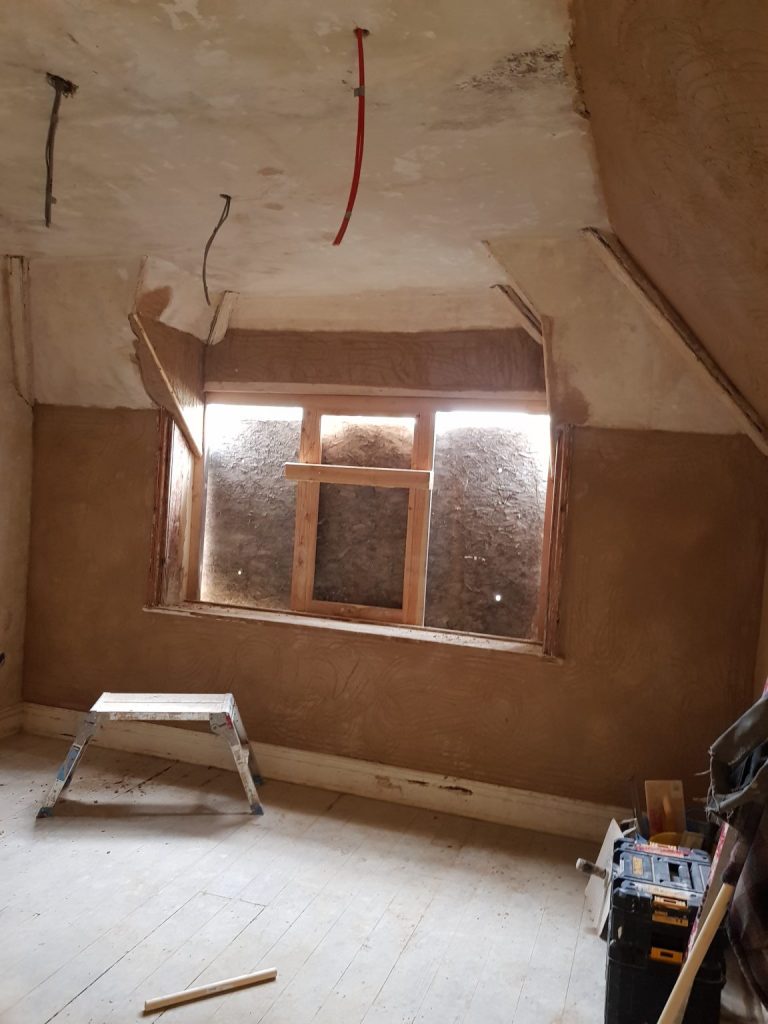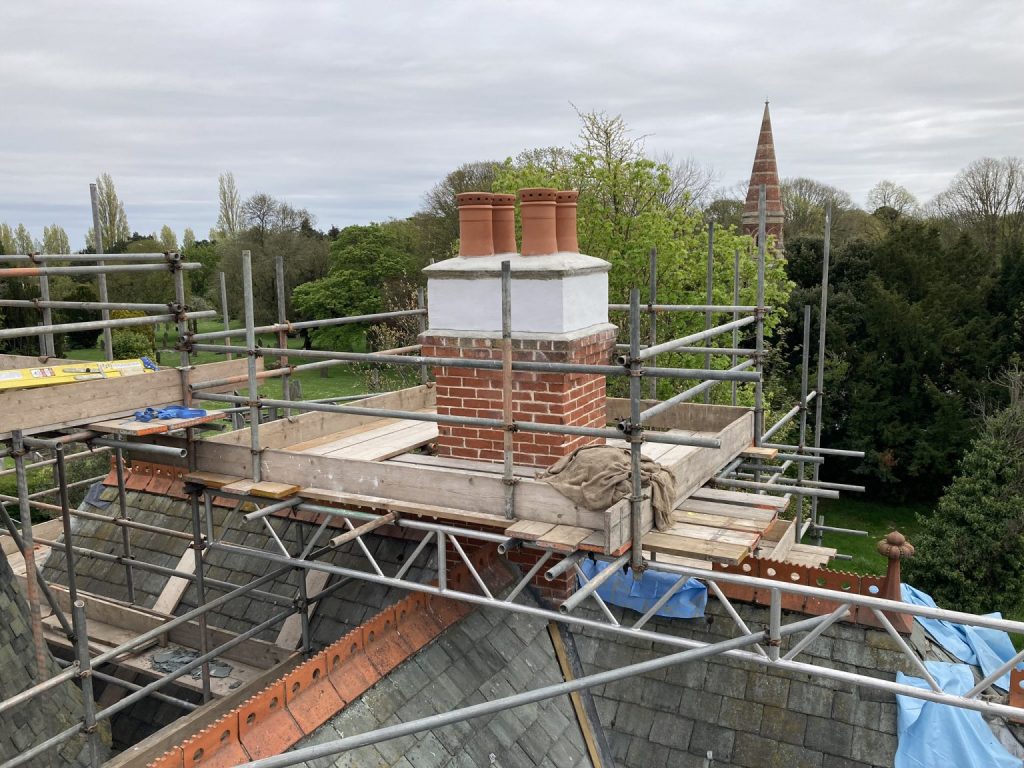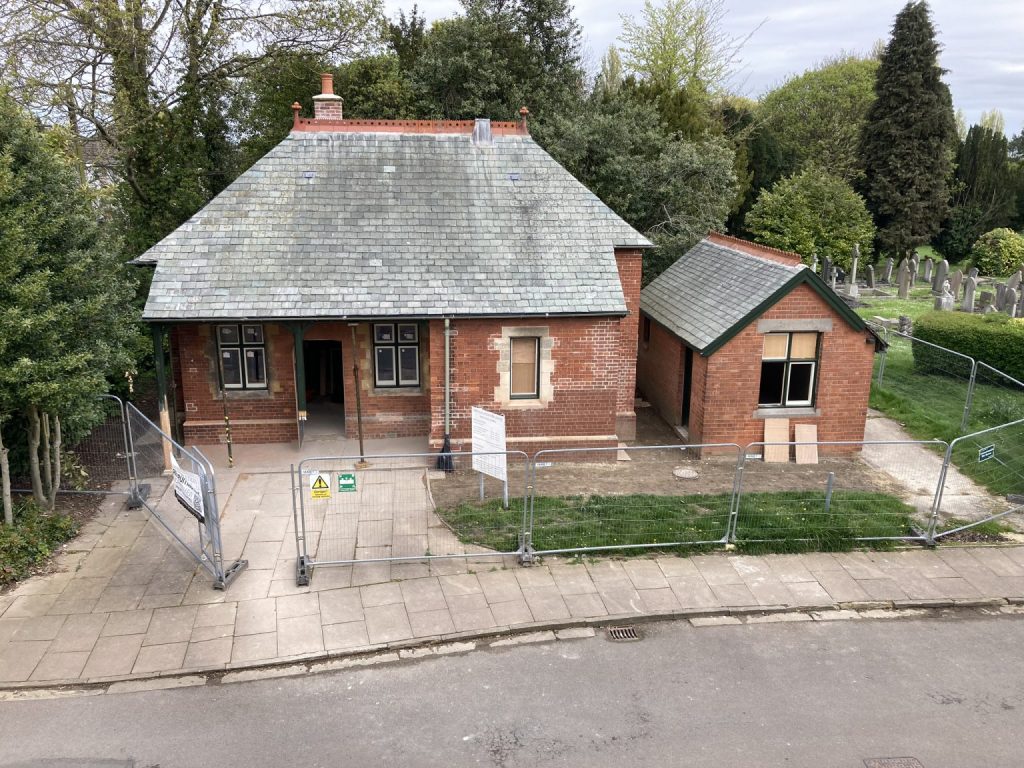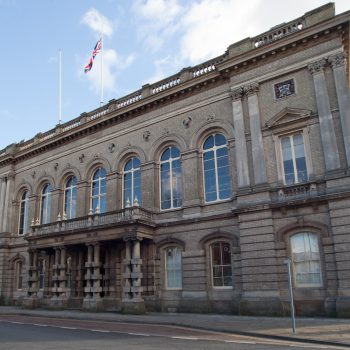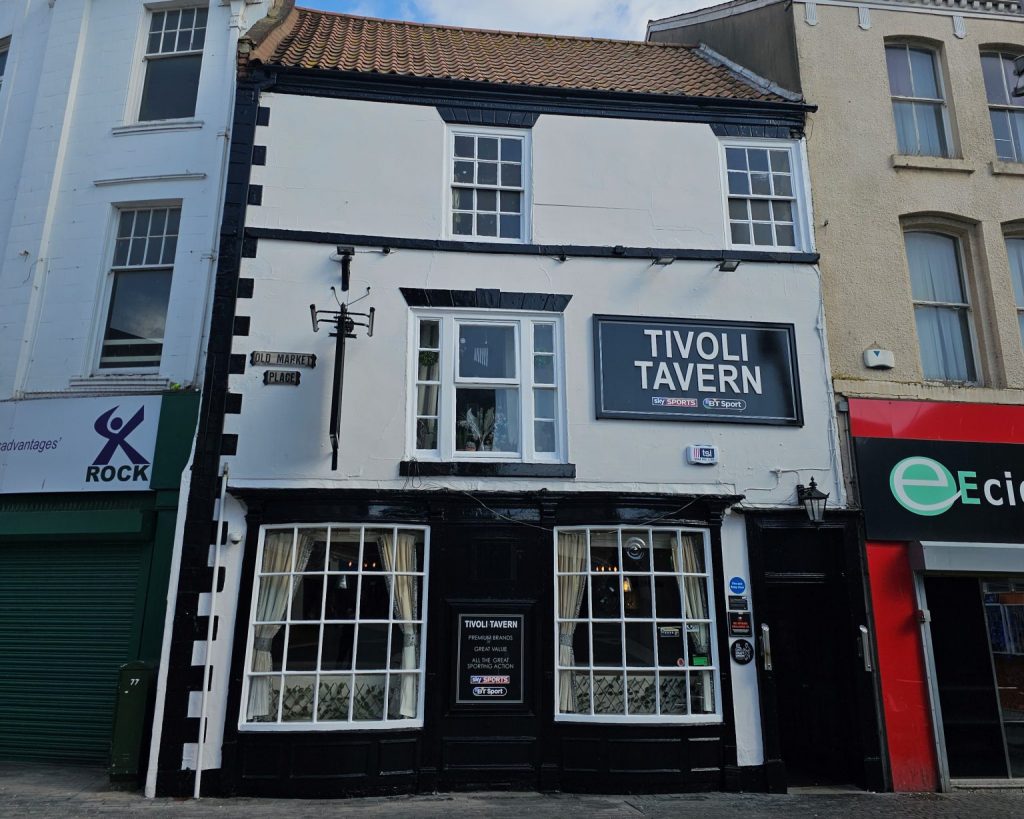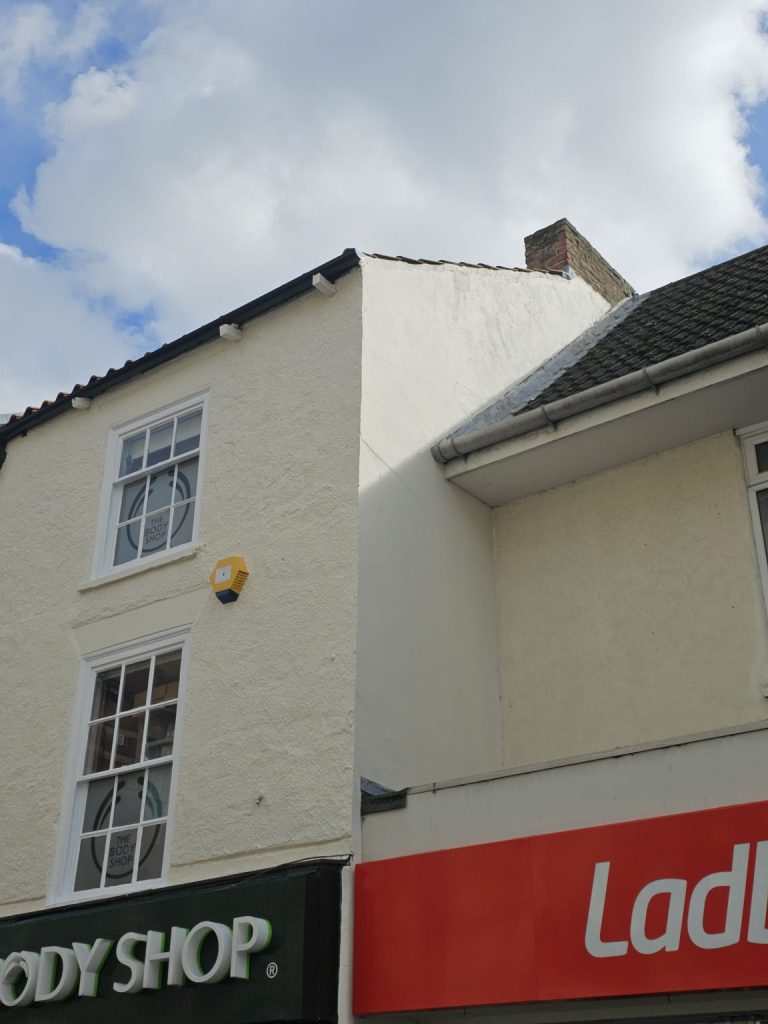Why is the Council consulting on the future of two nurseries and a day care setting?
We’re consulting with the public on the future of two nurseries and a day care setting in North East Lincolnshire based on a lack of use of these facilities, making them non-viable.
There are not enough children using these settings to make them viable.
In the 2021-2022 academic year, occupancy rates were as follows:
Great Coates Village Nursery: 67%
Scartho Nursery: 49%
Reynolds Day Care: 72%
In the 2022-23 academic year, occupancy rates were as follows:
Great Coates Village Nursery: 60%
Scartho Nursery: 48%
Reynolds Day Care: 67%
The settings are also operating at a deficit. Financial information for Great Coates Village Nursery and Scartho Nursery is publicly available to view at: Schools Financial Benchmarking – GOV.UK (schools-financial-benchmarking.service.gov.uk)- external site .
Reynold’s Day Care is a corporate day care setting. Its outturn for 2022/23 was -£55,000. It is projecting another deficit this year of circa -£50,000.
When were staff notified about these proposals?
We’ve been working with leadership figures at each of the settings for about two years to support them to bring forward business cases to help make the settings more viable. Support offered includes: regular contact with the Assistant Director for Education, Business Support, frequent support from NELC Finance Team, and business case templates.
We notified staff at the nurseries of the intention to consult on proposals on Thursday 8th June 2023. We then sent letters to parents on Friday 9th June.
After the decision to extend the consultation was made, staff were notified of the extension on Monday 3rd July via email. Head teachers were then phoned to make them aware of the update before a press release was issued.
Who has the Council engaged with about these proposals?
Since launching the consultation, we have held engagement sessions with nursery and day care staff and Councillors. We have also published a press release and some social media posts to encourage people to have their say by completing the consultation.
We have also shared the consultation via our consultation mailing list, which has over 5,000 subscribers.
Council Cabinet members have also attended a community meeting.
We are planning further engagement with interested parties.
The information on the consultation mentions the nursery finances. Where can we see this information?
The financial information for the nurseries and day care settings is publicly accessible via Schools Financial Benchmarking – GOV.UK (schools-financial-benchmarking.service.gov.uk)- external site .
Reynold’s Day Care is a corporate day care setting. Its outturn for 2022/23 was -£55,000. It is projecting another deficit this year of circa -£50,000.
Why has the consultation been extended?
Since the consultation first opened, we have had over 1,500 responses. It’s clear that residents are passionate about this issue and we felt it was important to give people more time to put their views forward to the consultation process.
The extended period also gives residents and stakeholders more time to suggest suitable alternatives. The Council has been clear that change is needed, and this is an important opportunity for residents and stakeholders to come forward with possible alternatives.
The public consultation has now been extended to 8-weeks in length, closing on Friday 4th August 2023.
Under these proposals, what are the timelines for any change to take place?
Under the latest timelines, any final decisions will be implemented by the end of the autumn term (December 2023).
Will house building in the area mean there will be an increased demand for places in the future?
We’ve seen a number of new houses built in recent years in these areas, though anecdotal feedback from parents suggest that those living around these settings are actively choosing to place their children in other settings – often close by their place of work rather than their home.
For example, in the summer term of 2022, only 64% of all children living in Great Coates accessed their funded place within the local ward.
Similarly, only 58% of all children resident in Scartho accessed their funded place within the local ward.
I’ve emailed a question about the consultation but I’ve not had a response.
We’ve received a lot of questions from residents, staff at the settings, and Ward Councillors. We’re diligently working through these and formulating responses. We’ll respond to your question as soon as we’re able.
Those questions that are being asked most frequently are being added to this thread.
You’ve claimed that the buildings need £1.5m of improvement works. Where has this come from?
The Department for Education’s own guidance for early years settings outlines a standard for modern learning environments.
The Council currently maintains these buildings to a set standard. However, upgrades are required to really transform them into a place where children can learn, be inspired, and thrive.
Assets professionals have assessed these buildings and produced an estimate of costs to bring them to a level that we would want for our children.
Currently, the Government does not provide any funding to upgrade the learning environment.
Is it possible that some of the settings will not be affected by the outcome of this consultation?
We are seeking views from members of the public and suggestions of possible alternative solutions. It might be that suggestions come forward for one or more of the settings that could make them viable.
Why hasn’t anything been done before to try to make these settings viable?
We’ve been working with the heads of these settings for two years to seek a business case to make them viable.
As part of this, staff have been offered support from the Council’s finance and business support teams. The budgets for each site are still in deficit, however this consultation is about seeking alternatives to make these settings viable.
Has the Council received any alternatives already?
This process has so far prompted a number of possible alternatives which we are reviewing as part of the public consultation.
Have you taken into account the potential impact of the Government’s new policy around 30-hours of childcare for 2-year-olds?
Currently we do not have any data on the impact of the new 30-hours for 2-year olds.
However it is evident from the work that has been done so far that, irrespective of any future announcements, change is required at these three settings based on the evidence presented to date.
As a Council, it would be irresponsible to make plans based on data that we don’t have around numbers of children.
Where will the children go for those who live in Great Coates – closest nurseries are Healing and Willows?
There are three settings in the immediate surrounding area which currently have vacancies (accurate at the time of writing).
How are parents able to find a suitable replacement for childcare?
There are over 140 childcare providers in North East Lincolnshire, offering places for 0 to 14 year olds. Some are available from early morning, late in the evening, weekends, and overnight care.
Our Families First Information Service has an online directory of childcare options, and offers support to parents seeking childcare solutions.
Visit the Families First Information Service Directory– external site or call our helpline on 01472 326292 (option 1) or email us at fis@nelincs.gov.uk.
Where have the figures come from on the Consultation on childcare availability in the area?
We have a statutory duty to conduct audits each term among local providers. The numbers we have quoted are taken directly from our local providers.
How will SEND services be provided if the Nursery closes?
All nursery and Private/Voluntary and Independent settings have to abide by the SEND Code of Practice and must have a nominated staff member responsible for SEND.
How many of the Council’s maintained nursery settings are currently running a budget deficit?
We currently have two nursery settings. Both are running a budget deficit. The financial information for these settings is a matter of public record and can be viewed at: Schools Financial Benchmarking – GOV.UK (schools-financial-benchmarking.service.gov.uk)- external site .
What does the Western Federation have to do with these settings?
Scartho Village Nursery is currently in a federation arrangement with Western School. This arrangement will end on 31st August 2023.
We currently have an interim leadership and governance arrangement in place until the end of 2023.
Nursery schools are legally required to install an appropriate leadership and governance arrangement. This would increase the budget deficit at this setting.
If the council authorised more staff to be hired, the nursery could accept more children – essentially the issue of capacity places is due to an issue the authority created?
We are not seeking to reduce staffing. The number of children in these settings must increase to make them viable.
The Department for Education sets out the required ratio of staff to children in settings such as these.
Where is the evidence that parents choose provisions closer to work?
Data suggests that a large proportion of parents living in the immediate vicinity of these nursery sites are not choosing to place their children there.
For example, in the summer term of 2022, only 64% of all children living in Great Coates accessed their funded place within the local ward. The remaining 36% accessed their place at other settings across the borough.
Similarly, only 58% of all children resident in Scartho accessed their funded place within the local ward. The remaining 42% accessed their place at other settings across the borough.
The most likely reason for this is that parents wanted a setting closer to their workplace, or a relative’s home (i.e. parents/grandparents).
We’re keen to gather more information on the reasons why parents are choosing to place their children in settings outside of their ward.
If you are a parent in one of these wards and do not send your child to one of these wards, please get in touch to let us know why. Email: nurseryconsultation@nelincs.gov.uk
Article from NELC.


